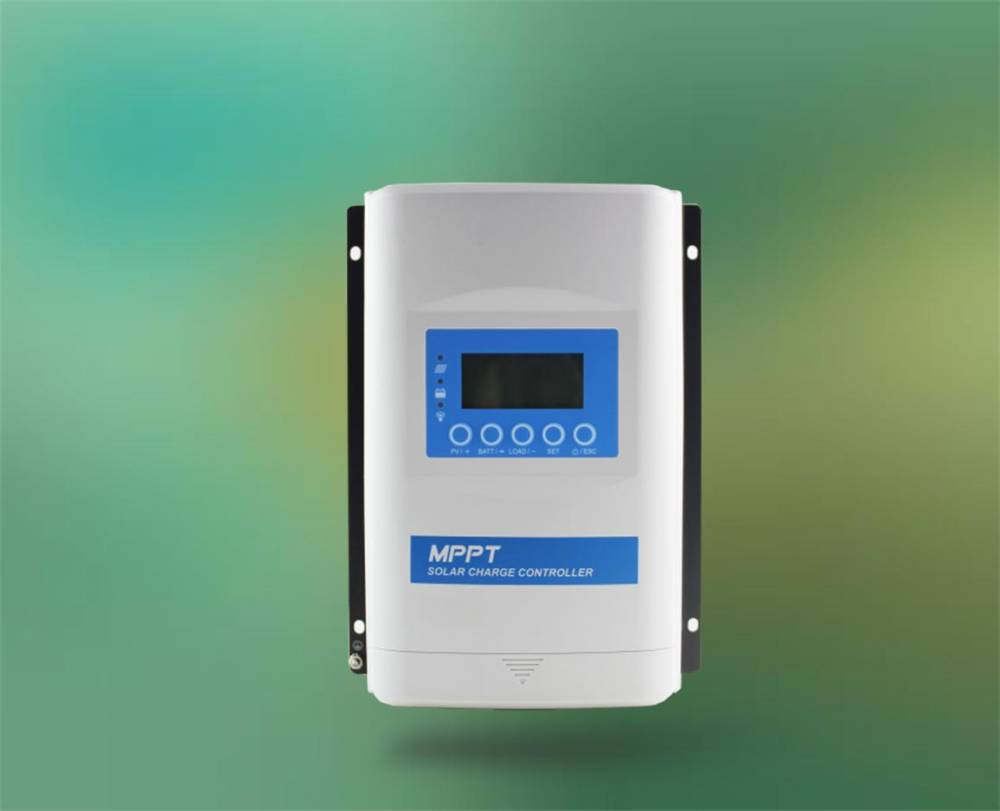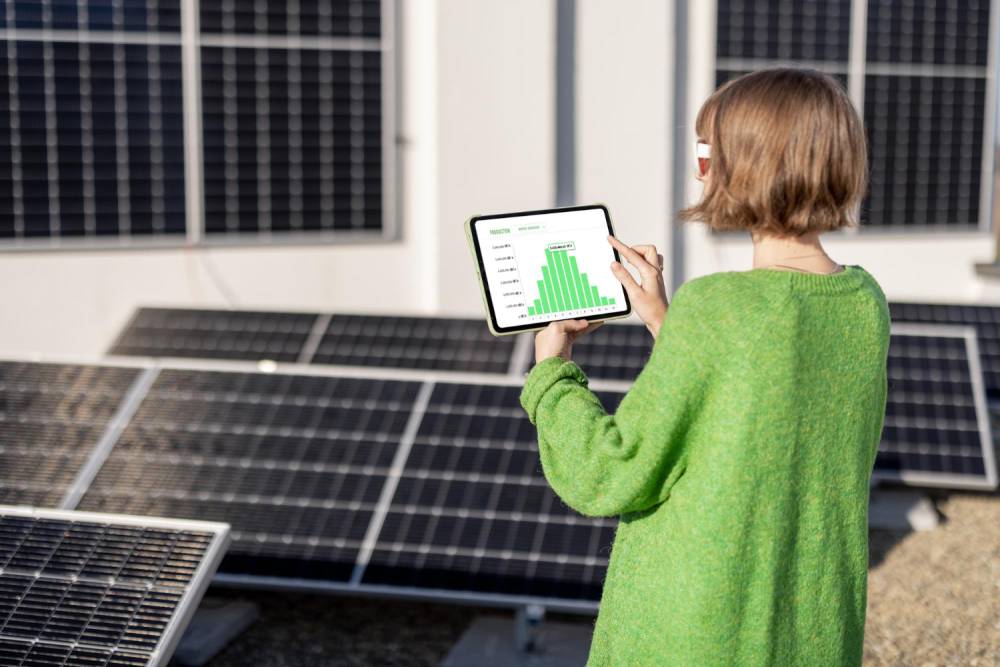What is a controller?
What is a controller?
Solar panels are one of the most common systems for generating electricity with solar energy. Photovoltaic systems are also separated from the network and parallel to the network. Parallel to the network, ie systems connected to the network are called on-grid, and systems separate from the network are called off-grid. The charger used in off-grid solar power systems that are not connected to the grid is a very important factor in terms of system performance. In this article, we will provide information about a charger for solar panels, or energy controllers under another name.
What are Power Controllers?
The power controller (charger, charge controller) is a very important device for off-grid systems between the battery and the panel, which ensures that the batteries are charged efficiently and prevents reverse energy flows from the batteries to the panels. The transistors in the circuit perform the blocking function and do not allow any current or energy transfer unless the voltage of the panels is higher than the battery voltage.
How Do Charging Controllers Work?
Since the energy controller is located between the solar panels and the batteries, its main function is to help the two systems work without damaging each other. That is, when the total output voltage of the solar panels with the circuit inside the device exceeds the total battery voltage, it allows energy to flow from the panels to the batteries by activating the system charging function. However, when the output voltage of the solar panels is lower than the battery voltage, it prevents the flow of energy from the batteries to the panels.
Power controllers (charge control devices) are a type of DC-DC regulator. In other words, it ensures more efficient and high-quality recharging of batteries by stabilizing the energy and flow that are not produced in solar panels. In general, 12V batteries need a voltage in the range of 14-14.5 V to fully charge. If the 18-20V voltage from the solar panel is not regulated, the battery may be damaged without overcharging. The controller also regulates this high voltage by lowering the battery charge level.
What Does an Energy Control Device Do in General?
Protects solar panels by preventing reverse energy transfer from batteries to panels
When the battery is fully charged by the panels, it cuts off the energy from the panels to prevent the batteries from overcharging.
It recharges the batteries by stabilizing the voltage and current produced by the solar panels and variable. This increases the productivity of the batteries.
It also prevents the batteries from overcharging.
What Types of Energy Controllers Are There?
Power controller devices are available in two types, PWM controller and MPPT controller device.
What is a PWM Controller?
PWM (Pulse Width Modulation) is an acronym for "pulse width modulation". PWM controllers send short charging signals to a rechargeable battery instead of a fixed output. The controller device determines the length of the signals and the transmission interval according to the energy in the battery. If the battery is discharged, the current signals sent by the device to the battery are long and continuous. However, when the battery is full, these signals are sent at short intervals of a few seconds.
The most widely used controller in the alternative energy sector is PWM. Although it is a very ideal device for small off grid systems, MPPT type controllers are preferred for large systems.
What is an MPPT Controller?
MPPT (Maximum Power Point Tracking) translates as "Maximum Power Point Tracking". Charges the batteries by converting them into the most suitable voltage and current level for the operation of the electrical system produced by solar panels. This device monitors the voltage of the batteries when the voltage value reaches a certain level, and accordingly allows or blocks the flow of energy from the panels to the batteries.
The MPPT controller can convert excessive voltage to current. This feature reduces the time required to charge the batteries. This increases the productivity of the system by ensuring that it is always active.
Although MPPT controllers are more expensive than PWM controllers, the benefits that MPPT provides to the system allow you to completely ignore the price difference.
How to Assign Controllers for Systems?
We have to install different systems to meet the energy needs of our customers at home, at the facility and elsewhere. The most important factor in these systems is the correct calculation of household needs. After accurate calculations by engineers, it is decided what type of power controllers will be used in the installed system.
MPPT, PWM Controllers, Controller Warranty and Controller Sales Center
As Helind LLC, we sell and install the highest quality and most profitable MPPT in the field of alternative energy in Azerbaijan, as well as PWM Energy Controllers (charge controller, charger). We guarantee the controllers for 1 year. Due to the rapid development of the alternative energy market, please contact us for the latest price information and installation questions: +994506789911
Helind MMC - Your Energy Alternative




